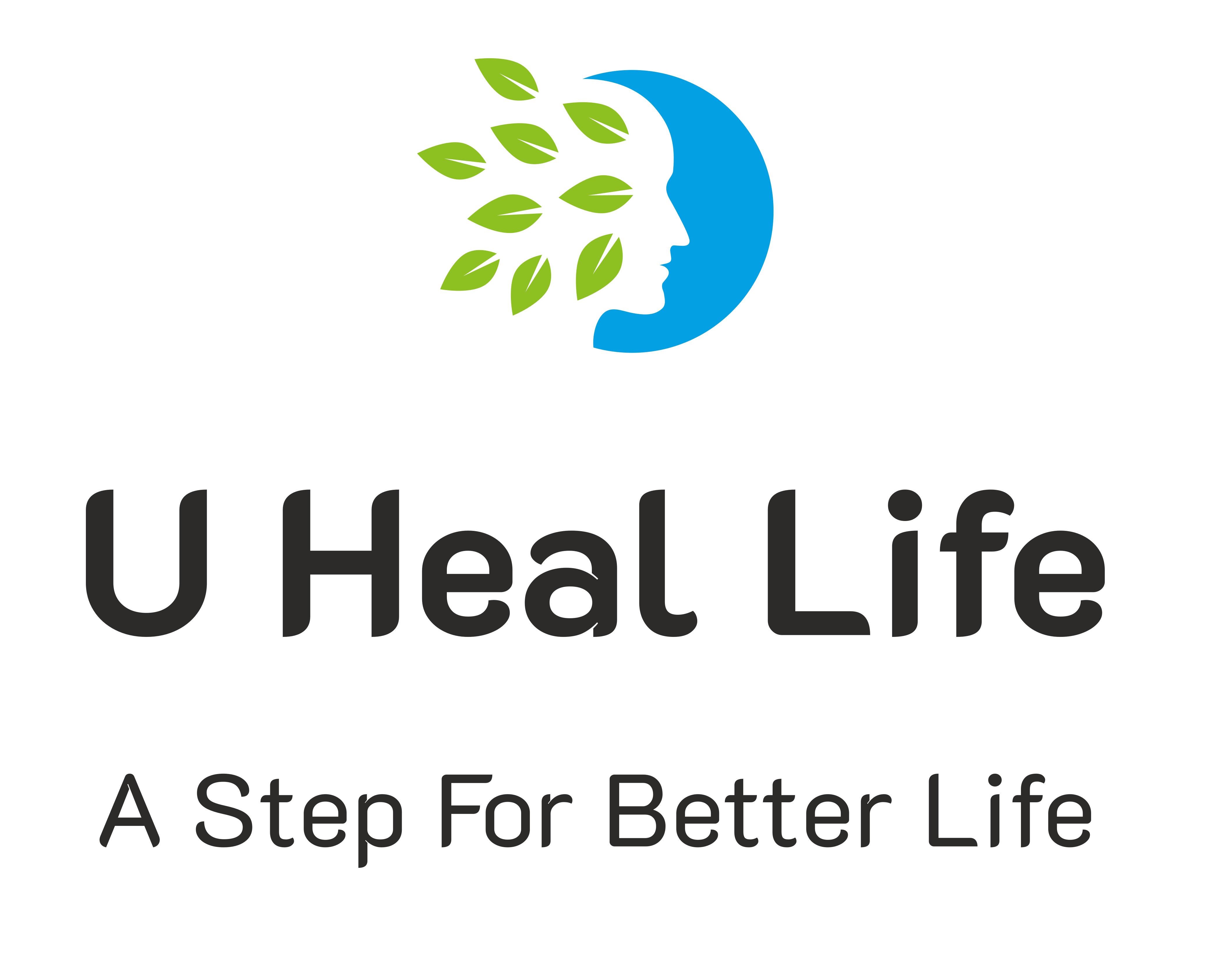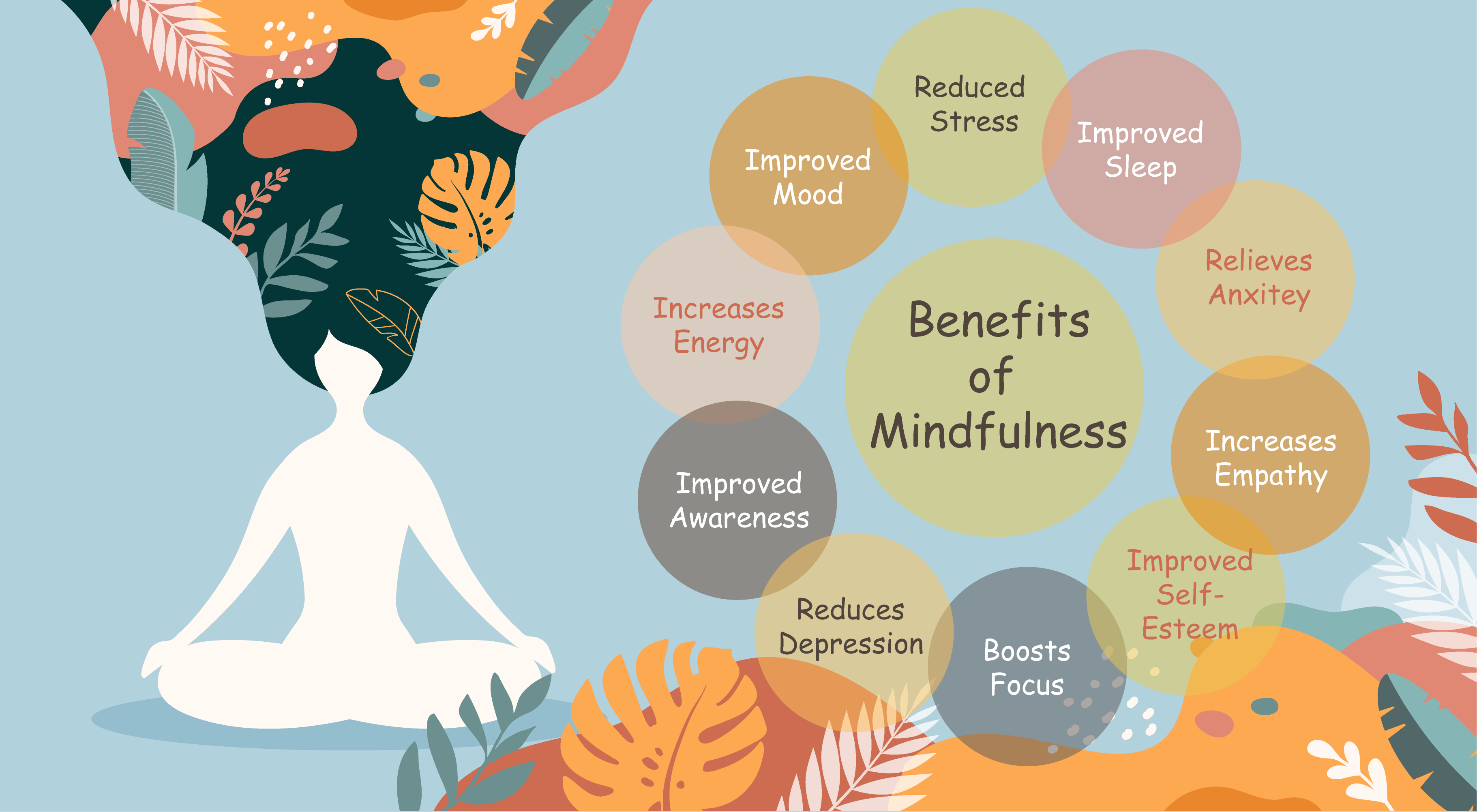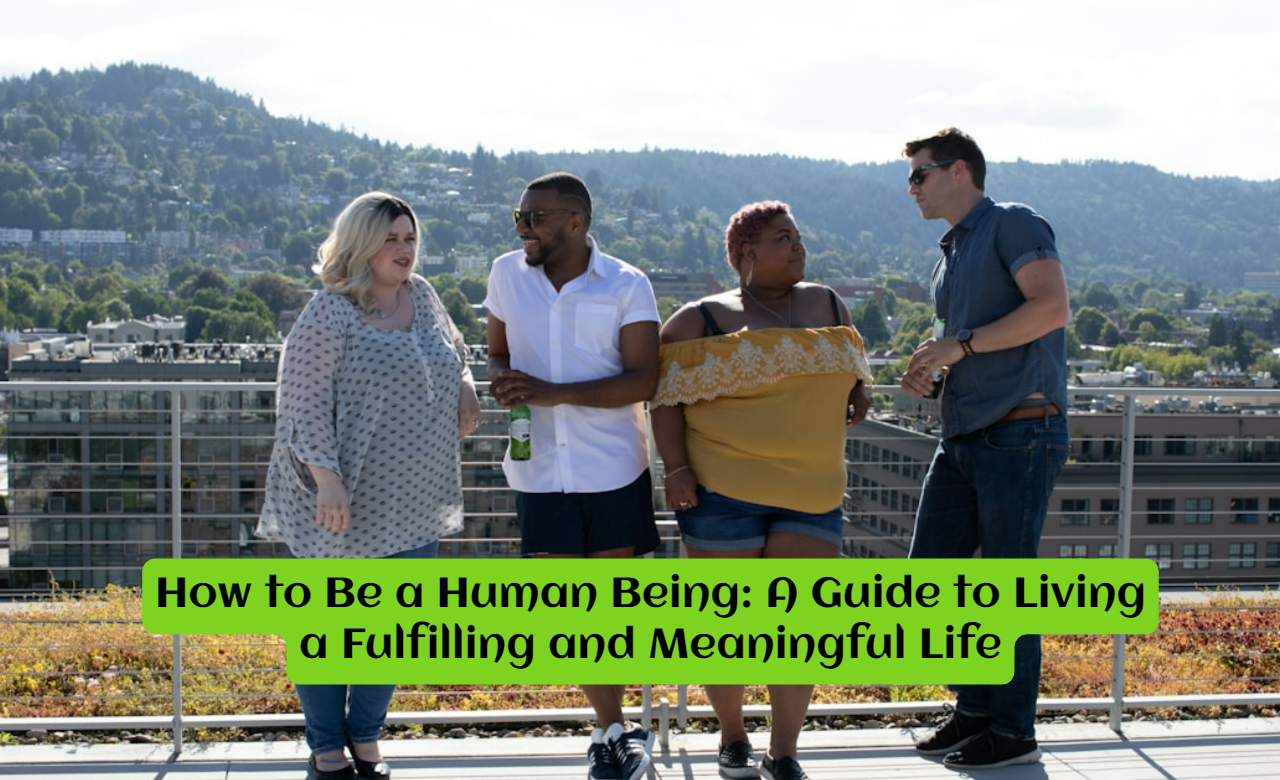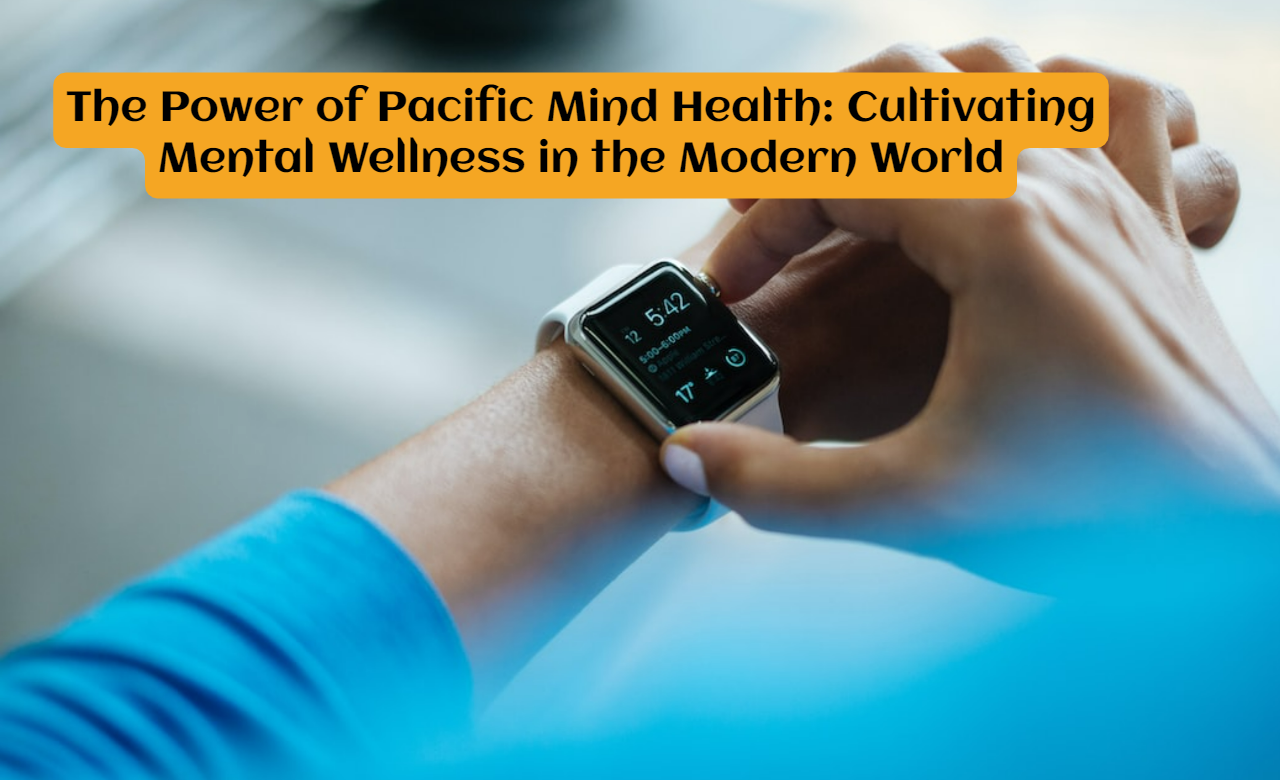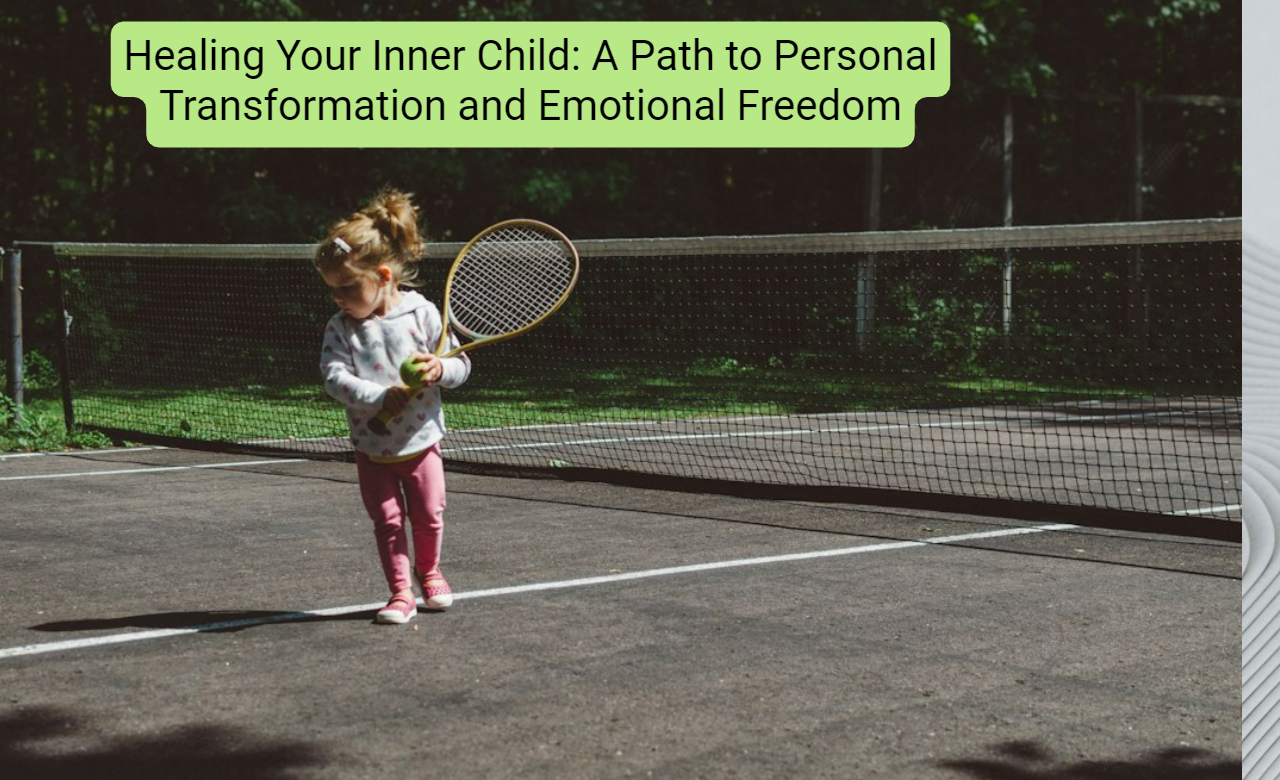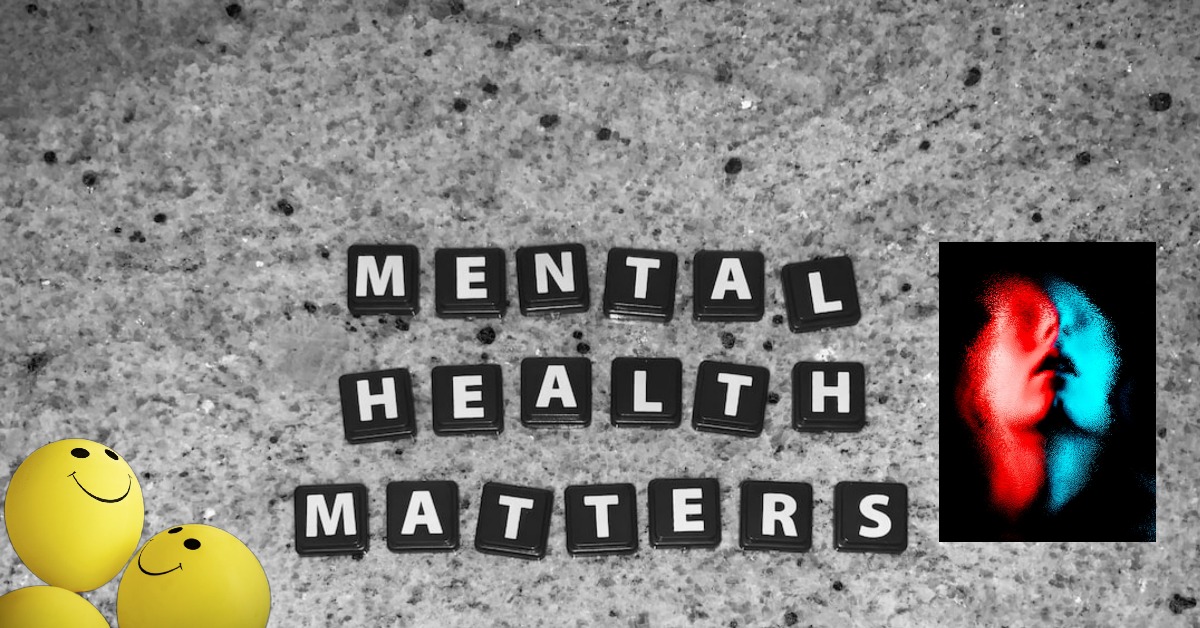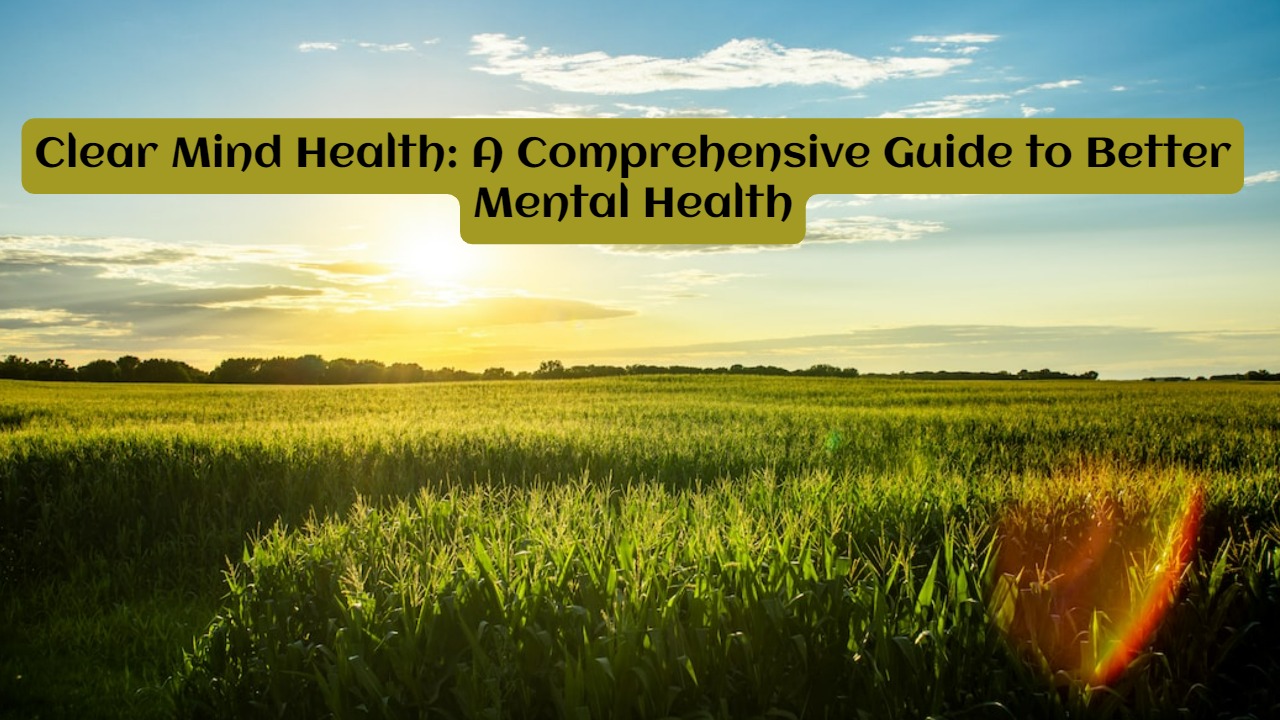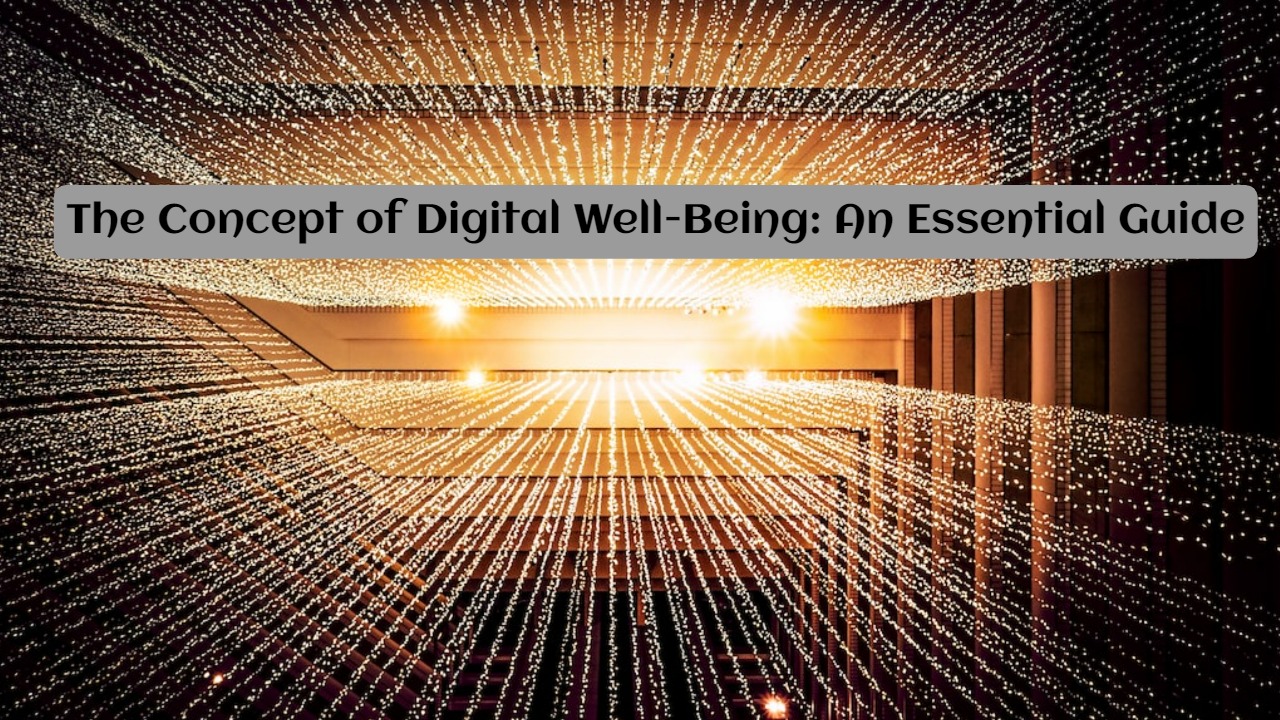The Meaning and Benefits of Mindfulness: How it Can Transform Your Daily Life
Introduction to Mindfulness
Welcome to a journey of self-discovery and inner peace! In today’s fast-paced world, finding moments of stillness and clarity can feel like a luxury. However, with the practice of mindfulness, you can transform your daily life into a more present and fulfilling experience. Let’s dive into the meaning of mindfulness, explore its benefits, and learn how to incorporate this powerful practice into your everyday routine. Get ready to embark on a path towards greater awareness and serenity!
Explaining the Concept of Mindfulness
Mindfulness is the art of being fully present in the moment, without judgment or distraction. It involves paying attention to thoughts, feelings, bodily sensations, and the surrounding environment with a sense of openness and acceptance. In essence, it’s about tuning into the here and now with curiosity and kindness.
When practicing mindfulness, one aims to cultivate awareness of their inner experiences while fostering a deep connection to what is happening around them. It’s not about emptying the mind or suppressing emotions but rather acknowledging them without getting caught up in them.
By honing our mindfulness skills, we can develop a greater capacity for self-awareness, emotional regulation, and resilience in facing life’s challenges. This practice empowers us to respond thoughtfully rather than react impulsively in various situations.
In understanding mindfulness as a way of being rather than a task to complete, we open ourselves up to profound transformations within ourselves and our relationships with others. So next time you find yourself lost in thought or overwhelmed by emotions, remember that coming back to mindful awareness can bring clarity and peace amidst chaos.
The Benefits of Practicing Mindfulness
Have you ever felt overwhelmed by the constant stream of thoughts racing through your mind? Practicing mindfulness can offer a reprieve from this mental chatter. By focusing on the present moment without judgment, mindfulness allows you to cultivate a sense of inner peace and clarity.
One of the key benefits of mindfulness is its ability to reduce stress and anxiety levels. When you practice mindfulness regularly, you learn how to observe your thoughts and emotions without getting caught up in them. This awareness empowers you to respond to challenging situations with greater resilience and composure.
Additionally, mindfulness has been shown to improve overall well-being by enhancing self-awareness and emotional regulation. By tuning into your thoughts and feelings with compassion, you develop a deeper understanding of yourself and others. This heightened sense of empathy fosters more meaningful connections in your relationships.
Incorporating mindfulness into your daily routine can also lead to increased focus and concentration. By training your mind to stay present, you become better equipped to tackle tasks efficiently and with undivided attention. As a result, productivity levels often see a significant boost when practicing mindfulness consistently.
Furthermore, research suggests that regular mindfulness practice may benefit physical health as well, such as lowering blood pressure and improving immune function. The mind-body connection is profound, demonstrating that nurturing mental well-being can have far-reaching effects on our overall health.
The benefits of practicing mindfulness are vast – from improved mental clarity and emotional resilience to enhanced relationships and physical well-being. Whether through meditation exercises or simply bringing awareness to everyday activities like eating or walking, incorporating moments of mindful presence throughout your day can truly transform the way you experience life.
Incorporating Mindfulness into Daily Life
Incorporating mindfulness into your daily life can bring a sense of calm and clarity amidst the chaos of modern living. It’s about being present in every moment, fully aware of your thoughts, feelings, and surroundings without judgment.
Start by setting aside dedicated time each day for mindfulness activities such as meditation, deep breathing exercises, or simply taking a mindful walk in nature. Engaging in these practices consistently can help train your mind to be more focused and attentive throughout the day.
Integrating mindfulness into routine tasks like eating, working, or even doing chores can also enhance your overall well-being. Paying attention to the sensations, tastes, and textures involved in these activities can make them more enjoyable and meaningful experiences.
Remember that incorporating mindfulness is a journey that requires patience and practice. Be gentle with yourself if you find it challenging at first; over time, you’ll likely notice subtle yet profound changes in how you perceive and engage with the world around you.
Tips for Beginners: How to Start a Mindful Practice
Are you ready to embark on a journey of mindfulness and self-discovery? Starting a mindful practice may seem daunting at first, but with some simple tips, you can ease into it effortlessly.
To begin, find a quiet space where you can be undisturbed for a few minutes each day. This could be in your bedroom, living room, or even outdoors in nature. The key is to choose a spot where you feel calm and relaxed.
Next, set aside time daily for your mindfulness practice. Even just 5-10 minutes can make a difference. Start small and gradually increase the duration as you become more comfortable with the practice.
Focus on your breath – this is one of the most fundamental aspects of mindfulness. Pay attention to the sensation of each inhale and exhale, allowing yourself to fully immerse in the present moment.
Don’t worry if your mind wanders during your practice; it’s completely normal! Simply acknowledge any thoughts that arise without judgment and gently guide your focus back to your breath.
Remember, consistency is key when starting a mindful practice. Make it a habit by incorporating it into your daily routine. With patience and dedication, you’ll soon reap the benefits of mindfulness in all areas of your life.
Overcoming Common Challenges in Mindfulness
In the journey of incorporating mindfulness into daily life, it’s common to face challenges that may hinder your practice. One challenge often encountered is a wandering mind – thoughts drifting off instead of staying present. When this happens, gently guide your focus back to the present moment without judgment.
Another obstacle can be impatience with progress. Remember, mindfulness is a skill that takes time and consistent practice to develop fully. Be patient with yourself and embrace each step of the process.
It’s also normal to experience resistance or discomfort when facing difficult emotions or situations during mindfulness practices. Instead of avoiding them, acknowledge these feelings with compassion and allow them to pass naturally.
Distractions like technology or external noise can disrupt your mindful activities. Create a conducive environment by minimizing distractions and setting aside dedicated time for mindfulness practices.
By recognizing these common challenges and approaching them with kindness and perseverance, you can overcome barriers on your path towards a more mindful life.
Conclusion: Embracing a More Present and Peaceful Life through Mindfulness
By embracing mindfulness in our daily lives, we open ourselves up to a world of peace, presence, and contentment. The practice of mindfulness allows us to connect with the present moment, free from distractions and worries. It enables us to cultivate awareness, compassion, and gratitude for ourselves and those around us.
Incorporating mindfulness into our routines may seem challenging at first, but with dedication and practice, it can become a transformative tool for living a more fulfilling life. Remember that mindfulness is not about perfection; it’s about progress.
So take a deep breath, let go of judgment and expectations, and start your mindful journey today. Embrace the power of the present moment and watch as your daily life transforms into one filled with clarity, calmness, and joy.
